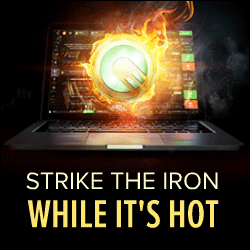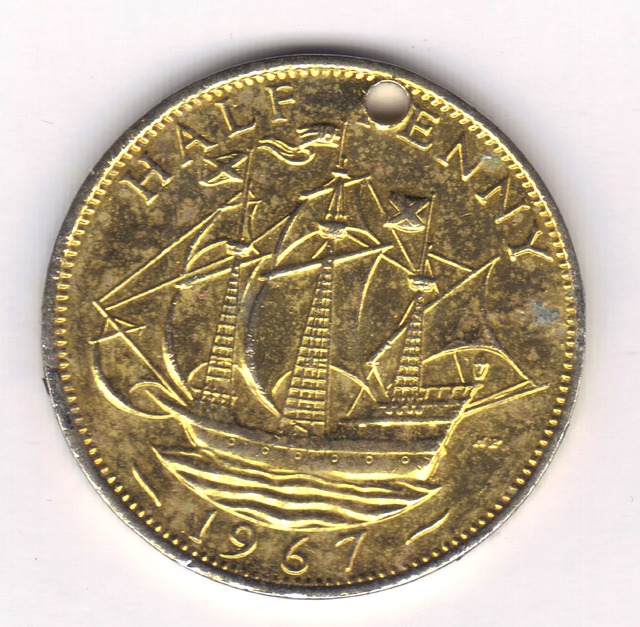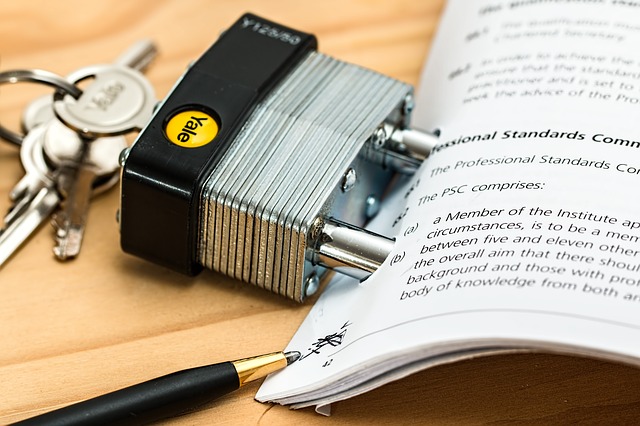It is clear that the business of share trading and its intricacies still create a dark cloud for many of you. This is, however, a rather unnecessary element of sophistication.
It is only fair to, therefore, delve in and break it down by discussing not just the way to trade, but the whole point of it.
While trading may seem like something only smart people engage in, this is, however, not the case.
What are shares?
The first thing to understand is that shares (referred to as stocks) entitle the holder to have part ownership in a company.
So, if you own a share in, Amazon, Manchester United, or a Cryptocurrency company like Ripple – you literally OWN a part of that company.
You are basically co-owning with other stakeholders of the company. This with the hopes that the people who run it will increase the monetary value of your shareholding by making the company a success.
Now your share will determine what level of control (decision-making) you have when it comes to the company’s operations.
Naturally, owning just one, ten, or even 1000 shares of Amazon (a hefty $1400 each today), still does not entitle you to have a say in how it is run.
As the majority shareholder, you would probably be the company owner (chairman/founder) or one of its board of directors. To gain such a majority shareholding and full control of a company, the minimum number of shares you would need would be 51% of all shares issued. Good luck obtaining that many!
The rationale for issuing shares
But let’s take a further step back and unravel why shares are issued in the first place. Your company (hopefully) has value because of its ability to generate revenue. This makes it a constant target for investors in a capitalistic market. Wealthy individuals carefully monitor its value to brace for a potential takeover or for just a piece of the pie.
To get listed on a stock exchange your company will decide how much of its equity to publicly issue as shares. You can even issue shares to raise more capital to help grow your business.
This form of equity will be backed against your total assets (and its debts) on the balance sheet. So hypothetically, a company with 100 Euros worth of assets and liabilities has 100 Euros worth of (owners) equity.
This basically enables you to determine its net worth at a given point in time.
The easiest way to remember this is through this basic accountant’s formula:
Total Owner’s Equity (OE) = Assets (A) + liabilities (L).
The shares are accounted for in the OE and are issued in denominations based on various factors. This helps to provide you with an indication of the relative strength (or weakness), or potential growth rate of the company.
What do they tell us?
The (snapshot) total value of the company is thus determined by its share price multiplied by total number issued. This is referred to as its market capitalization. There are several other measures and tools to evaluate the general health of a company.
Rising share prices, though always good, does not always necessarily mean that the company is great value for money. This is because share prices can also be undervalued or overvalued.
Shares for large companies are naturally offered in millions and via an initial public offering (IPO) from as little as one cent (penny stock), or much more (depending on its valuation). Thereon, it can rise astronomically to what was quoted for Amazon earlier.
Where to get them
The open market or local bourse is where you can buy and sell shares at specific times depending on side of the world it is located.
Obtaining shares come with additional costs (brokerage fees, commission, interest payments in cases of leverage buying, etc.). Depending on the terms and conditions in the overall market (regulations), but more specifically, on the company or broker offering you access to shares.
A good company share will also give you a return on an annual dividend. This is basically a share of the company’s profits over and above its share price.
It is a good idea to include high dividend-yielding shares like Coca-Cola, in your trading portfolio – if you can afford them.
Influencers
Once you purchase your stake in the company, you will naturally, even if you don’t have a controlling say in how the company is operated, take a keen interest in the company’s activities.
Everything it does whether internal operations or outside for that matter, will have an impact on its valuation.
Naturally, investors follow the age-long rule of common sense: buy when the price is low. If you missed the IPO and the price dips, you can always get in at a good (low) price. The stock market runs like a rollercoaster – you just need the right time to hop on!
“Unless a company goes belly-up, a share-stock price that is going down is actually going up – in the long run.”
Obviously, the price (trend) is not always upward and one must be prepared to weather such storms. You shouldn’t have to be continuously focusing on the price after thorough due diligence on your chosen company.
Read more about Due Diligence here
Choosing a good stock and leaving it to work is the best advice you will get. This is because you can become emotionally attached to the performance of the shares and that can affect your mood.
There are also a lot of trading tools to help prevent a total meltdown if the company folds-up. This can be due to external factors like fraudulent scandals or government intervention. Keep tags now and then – this is important.
The recent events and scandal faced by Facebook saw it lose a significant amount (billions of dollars) in it the value of its share price.
Read more about investing here.
Short-selling of shares/stocks
There are also ways to “have your bread buttered both ways” in investing. This is where the concept of short-selling comes in.
So, while we all inclined to bet on a company’s stock to go up – there are groups of investors who bet the other way. They have the hopes (based on indicators) that the price will rather drop.
This seemingly dubious form of trading is perfectly legit but comes, naturally, with an even higher level of risk. If the price increases in favour of all ‘normal’ long-term investors – the short position starts losing money. You may even have to fork out more to cover the amount borrowed to make the short-sell in the first place.
Short-selling is, therefore, if you are inexperienced and ill-informed!
So, you “buy” or rather borrow (leverage) the future value of the share/stock price usually at its apparent peak and hope that it will drop. You will continue to profit from the bet by as much as the share price continues to drop.
Earlier in the year, one such investor dubbed “50 Cent” bagged 200-million-dollars in a major shorting stint.
Shorting a stock is a complex, risky but highly lucrative method of balancing out a portfolio. A seasoned trader will, therefore, have several positions including some “buy” and “sell” positions on their chosen shares.
You should have various mechanisms (take profits and stop losses) set in place to execute their trades based on those positions.
Naturally, you wouldn’t just short a stock if you didn’t know something about what factors were to lead to a sharp/large drop in the share price.
But getting this right is often an exercise that straddles a fine line between being well-informed and intuitive and blatant insider trading.
The bigger picture
So, in summary, shareholding generally occurs when you acquire a stake in a business. You can own intellectual capital, founding rights, or be s a funder/seed investor to help start the business.
So why do companies issue out shares to the public again you might still ask?
Think of share listing as a way for your company to hold itself publicly accountable. is the ultimate branding weaponry in its arsenal and quest to exponentially increase its profits.




















